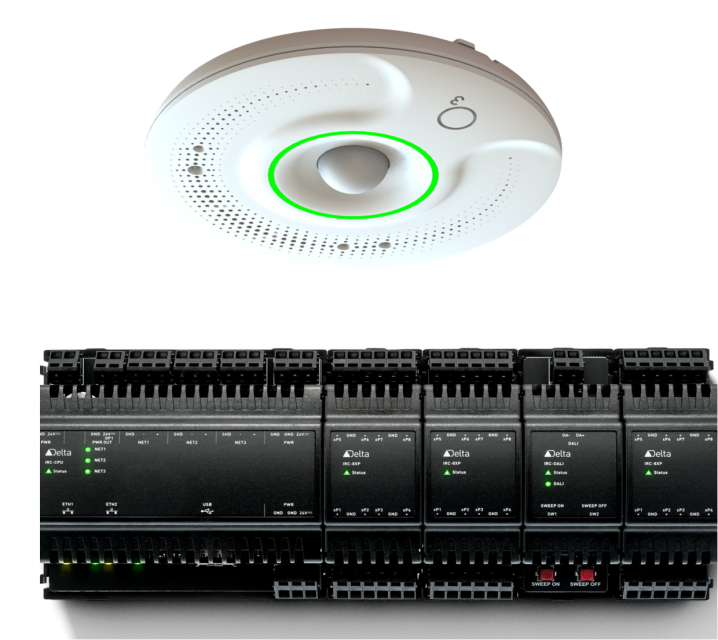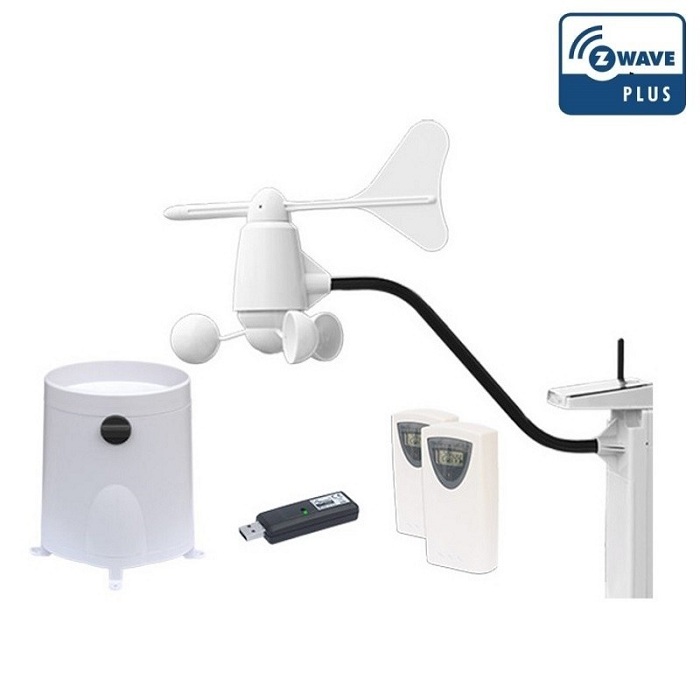Africa’s middle class population has increasingly become automated and more receptive to emerging technological trends like building automation.
The need to monitor and control building’s systems from the press of a button has raised the demand for Building Automation Systems. Complete autonomous control of an entire facility is the goal that any modern automation system attempts to achieve. To get deeper understanding into this matter, Construction Review talked to a couple of companies with specialties and knowledge in building automation.
According to Savva, Managing Director of Naisus automation, Building Automation/ Management systems were primarily installed to manage HVAC for occupants comfort! “This is still one of the goals when considering an Integrated Management System. Considering though the continuous energy requirements, emissions and the environment, that task even though now as important as ever it is secondary as the primary objective of today’s technology is the SAVE ENERGY and protect the environment.”
Components of Automation Systems
As Mr. Abdul from Delta Control Inc in Canada says, the building automation systems consist of four levels;
- Field level which consists of digital and analog sensors as well as controlling devices
- Controllers level, mainly for field controllers to control each equipment or mechanical system
- Automation level to connect field controllers to the system server and provide global functions across or a controller to control applications with high I/O points count such as chilled water systems
- Management level is a server with a software to Monitor, control and manage the complete system from single screen in graphical presentation, also it has huge capacity of data and event logging as well as alarm management
He adds that modern systems become more IP based and a direction towards Wi-Fi and POE (power over Ethernet) communication on the controller level. Also these systems should fully comply with BACnet protocol which is an ASHREA standard and open protocol that allow seamless integration of devices from different manufacturers or other building systems into one network.

Air handlers
Most air handlers mix return and outside air so less temperature/humidity conditioning is needed. This can save money by using less chilled or heated water (not all AHUs use chilled/hot water circuits). Some external air is needed to keep the building’s air healthy.
To optimize energy efficiency while maintaining healthy indoor air quality (IAQ), demand control (or controlled) ventilation (DCV) adjusts the amount of outside air based on measured levels of occupancy.
Analog or digital temperature sensors may be placed in the space or room, the return and supply air ducts, and sometimes the external air. Actuators are placed on the hot and chilled water valves, the outside air and return air dampers. The supply fan (and return if applicable) is started and stopped based on either time of day, temperatures, building pressures or a combination.
Variable volume air-handling units
A more efficient unit is a “variable air volume (VAV) air-handling unit,” or VAV. VAVs supply pressurized air to VAV boxes, usually one box per room or area. A VAV air handler supplies a cold air and can change the pressure to the VAV boxes by changing the speed of a fan or blower with a variable frequency drive. The amount of air is determined by the needs of the spaces served by the VAV boxes.
Each VAV box supply air to a small space, like an office. Each box has a damper that is opened or closed based on how much heating or cooling is required in its space. The more boxes are open, the more air is required, and a greater amount of air is supplied by the VAV air-handling unit.
Some VAV boxes also have hot water valves and an internal heat exchanger. The valves for hot and cold water are opened or closed based on the heat demand for the spaces it is supplying. These heated VAV boxes are sometimes used on the perimeter only and the interior zones are cooling only. A minimum and maximum CFM must be set on VAV boxes to assure adequate ventilation and proper air balance.
Applying the right technology
Mr. Abdul advises potential clients to look for the right and latest technology including ability to access the system remotely through internet or mobile applications to support internet of things functionality (IOT). He further advises clients to keenly evaluate the proposed system based on technical details and try to implement the energy part of building automation which includes energy dashboards and reports as well as Analytics and fault detection
Benefits
“One of the major benefits of a smart building for facilities management is that it makes the operation of the building more predictable.This provides facilities with greater flexibility in the management of maintenance, shut down and budgeting for related costs,” said John Odindo the Director of Honeywell Technologies in Kenya.
For example, the system can detect when a certain air conditioning unit develops a fault that has the potential to cause a shutdown within the next few weeks, thus enables the facilities manager to proactively schedule maintenance to avoid downtime and complaints from from building occupants, and,giving greater peace of mind to those running it.
“Another advantage of a smart building is that it helps management to optimize shift patterns around maintenance.By using predictive maintenance on the production line, shifts can be planned to ensure consistent high levels of productivity,” John adds.
Don’t by cheap, buy high quality
It is important for potential clients to be aware of inferior quality alternatives which often don’t provide aftermarket sales support and services. To avoid being a victim of counterfeit products, it is advisable to work with reputable brands especially in remote areas where technical support can be lacking.
According to John Odindo, every purchasing decision should also be done with system openness in mind, as it can be very costly and limiting to procure solutions that are locked to a specific manufacturer.
“Honeywell recommends investing in building automation technologies and associated systems designed to improve energy efficiency. By buying the right technologies in these areas,building owners have reassurance that they are maximizing energy savings while also future-proofing their assets both from a technology and a regulatory standpoint.It is much easier to add extra services or functionality on top of a capable, open and integrated infrastructure.Working with well -known brands reduces your risk and ensures that your environment is fully supported. A purchasing decision based on brands that does not provide local support can be very costly and disruptive for a critical infrastructure where downtime is not an option,”he adds.
Mr. Abdul recapitulates that, Smart building concept becomes more popular by connecting different systems like lighting, HVAC controls, access control curtains controls at field /room level to allow systems works together to deliver certain scenarios and make the building react based on the occupant needs.
Despite the slow pace in technology development in Africa, Jan Labuschangne from West Rand Controls hopes for future improvement in the African market with the upcoming technology products trends such as the Tridium N4 Platform, offered by the company. “The Tridium N4 Platform Framework is well suited for interfacing various 3rd party products onto a single platform. It connects and translates data from nearly any device or system—managing and optimizing performance from buildings to factories to cities and beyond. This is a breakthrough in the market with more data at your fingertips, and with improved security.”



